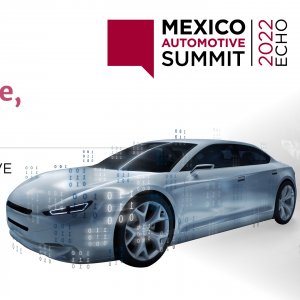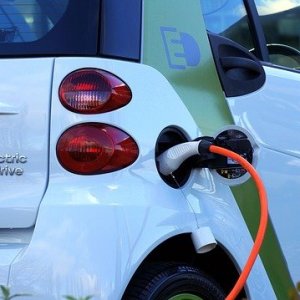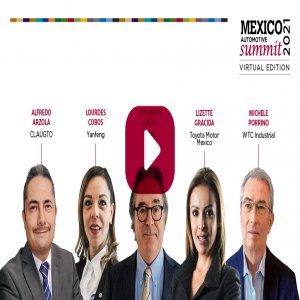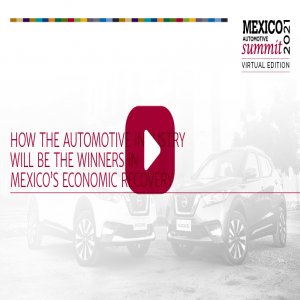
Global Developments Shaping the Mexican Automotive Industry
HSBC expects a weaker Mexican economy to hit private consumption by the end of the year, Alexis Milo, Chief Economist for Mexico at HSBC, told Mexico Automotive Summit 2016. “We expect a deceleration of private consumption leading to low growth rates for the year,” said Milo. “Consumption is growing at an unsustainable 12 percent rate and we believe that it will slow down to a 4 percent rate.”
The Mexican economy has slowed due to rising exchange rates and lower oil prices. The peso’s value has also been impacted by global markets, he said. Furthermore, exports have decelerated due to economic vulnerability in the US, Mexico’s largest export destination. The Fiscal Reform introduced last year brought about budget cuts that have impacted many sectors, with infrastructure being the worst hit.
"The only economic sector growing is automotive," said Milo.
“Automotive has been a success story for the past five years,” he said. Car manufacturing has greatly increased but underwent a small deceleration in the first months of the year caused by the short-term saturation of the US market. Internal demand for vehicles also has not increased drastically. “We expect this trend to be temporary and we expect a recovery in this sector as Mexico can attract manufacturing from other countries.”
Exchange rates do not seem to have affected the sector, Milo said. In 2015, vehicle sales reached 1.4 million, a drop from 2014. Milo said it the decrease was not worse because the price impact from a weaker peso against the dollar was not passed onto consumers. In some cases, vehicles were less expensive in Mexico than in the US.
Milo also touched on the possibility of a US President Donald Trump. The automotive sector will continue to grow in Mexico, even if Trump’s policies are enforced, he said. “It is simply not possible to return Mexican manufacturing to the US,” said Milo. “The costs of a car made in the US would be too high for consumers.” Furthermore, both countries’ manufacturing is heavily integrated so the impact of tariffs that would follow a repeal of NAFTA would drive prices in the US through the roof. The automobile market is expected to remain strong, both globally and in the US.
The overall Mexican economic panorama is expected to turn around, he said. Unemployment has decreased, albeit mainly due to the rise in underpaid employment. The exchange rate has not heavily impacted inflation and the prices of some basic foodstuffs and air transport has even fallen. While gasoline has grown by 3 percent, this rate is significantly lower than the expected 12 percent. Low inflation and a good job market have increased demand for consumer durables. “We predict the economy will grow by 2.2 percent in 2015 and by 2.7 percent in 2017. This is much better than other Latin American countries’ forecasts. “
HSBC sees low inflation for the rest of the year. “We expect calm development in the Mexican economy for the rest of 2016 but volatility in financial markets, which may impact industrial activity.” There are, however, risks to consider, including public finances as public debt has grown to 50 percent from 38 percent. While this is not too high, its fast growth is a matter of concern.
The peso, meanwhile, will likely meander in its current trough, whether the US votes in President Trump or President Hillary Clinton. “By the end of 2016 we expect the dollar to cost MX$18.50, or MX$18 if Hilary wins,” said Milo.
















